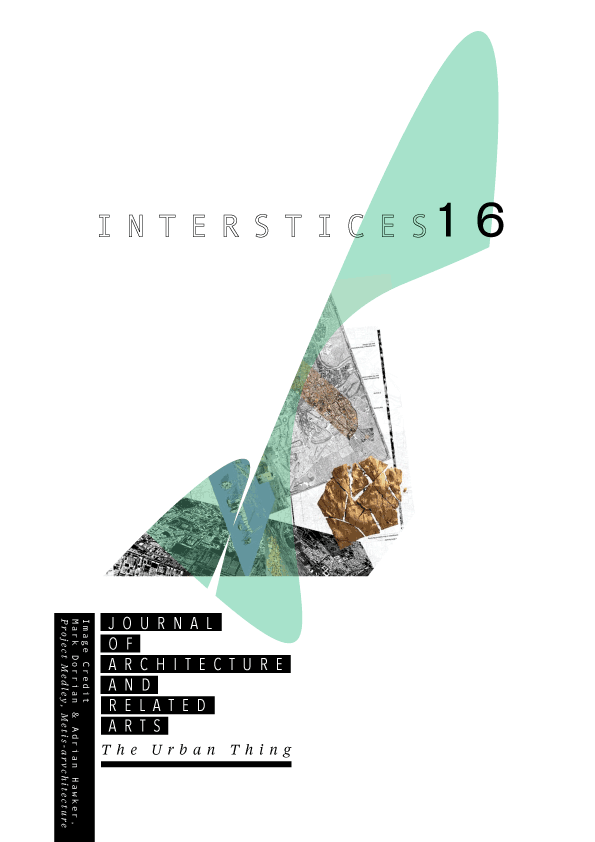Plan/ditch: Topographic inscription in an early colonial capital
Abstract
Building on a distinction made by Anne Querrien in “The Metropolis and the Capital” (1986) between “two different ethical principles” and “two different modes of human distribution” associated with urban place, this paper considers the founding, in 1841, of Tāmaki Makaurau /Auckland. Serving as both New Zealand’s capital and its colonial commercial hub, a particularly poignant mixing of metropolitan and state imperatives or solutions can be observed in the town’s establishment, a ‘mixture’ precisely calibrated to head off the systematic colonisation ambitioned by the New Zealand Company for Wellington and other colonial towns in the country. To the extent that both the New Zealand Company and Auckland’s founder, Governor William Hobson, favoured compact townships to better assert a colonial foothold and European hegemony in the colony, their respective solutions are strikingly different. A detailed reading of the largely unrealised ‘Felton Mathew Plan’ for Tāmaki Makaurau /Auckland is undertaken, one that seeks to contextualise the proposal relative to classical romantic European precedents and what can be thought of as epic-lyric sensibility transposed to the Tāmaki Isthmus. It is argued that while the town-making occurring in Auckland’s case effected a territorial inscription other than that intended by Mathew, a lyric-epic sensibility persists to this day, albeit one parceled out according to an emerging governance structure predicated on a broadly applied mercantilism and a colonising mandate run all the way to the psychical level of the city’s citizenry. While the result in Tāmaki Makaurau /Auckland and elsewhere amongst New Zealand’s townships is anything but compact, the problem of a commensurability between the social and topography tackled by Mathew remains an enduring motivator.


